deducer
Bronze Member
View attachment 1030791
Easy to dismiss but in reality a important clue. The quad horse outlines the area the Tumilsons searched. There is a reason why they searched this area.
Why is the tail missing?
View attachment 1030791
Easy to dismiss but in reality a important clue. The quad horse outlines the area the Tumilsons searched. There is a reason why they searched this area.
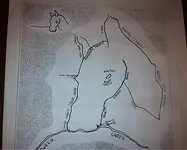
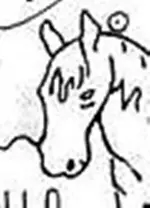
What then, does the tail represent?
That is such a prominent feature on the Stone Map that it cannot be ignored.
Yes Joe. Your a smart guy and will figure it out

Yes Joe. Your a smart guy and will figure it out. Use the topo with the stones. The horse stone tells you where the trail is on the topo. There is no doubt in my mind the stones were made after 1900. The elephant also points to a gold deposit. Many have a theory but are lacking a treasure or deposit. I will stick to my theory. It's producing gold and that's what counts in the end. The is more locations out there and I'm on the scent
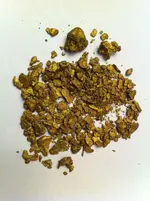
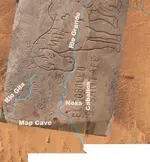
Marius, have you tried consulting a Latin dictionary? You'll find the definition of meus isn't really "mine" in the sense of mining or mines, but "mine" as in personal belongings, as "this is mine."
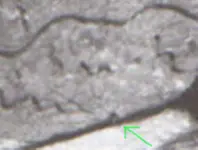
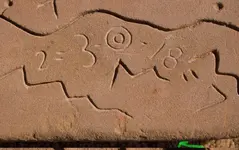

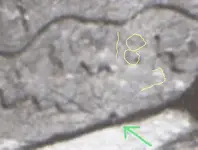

No trick in this case, Marius.
Two very old latin books were found many years ago in separate locations in the mountains.
That these publications once belonged to someone for whom a "holy faith" was a very important consideration was no coincidence.
For they and his faith brought light to the dark...."Ecela fulget"....as would a shaft of light illuminating a statue of Thomas the Apostle within the blackness of a certain cave out there.
One of them included a document or "map", with "meus" written three times in a pattern very similar to that of the Latin Heart.This "CURSUM PERFICIO", as we call it, was the first of it's kind found within the range, long before the Stone Maps, Latin Heart and Stone Crosses. It was also unknown to those who found the carvings and searched for the "treasure" using those artifacts alone,a shame perhaps, because for myself the C/P has become a sort of "Rosetta Stone".
Regards:SH.
